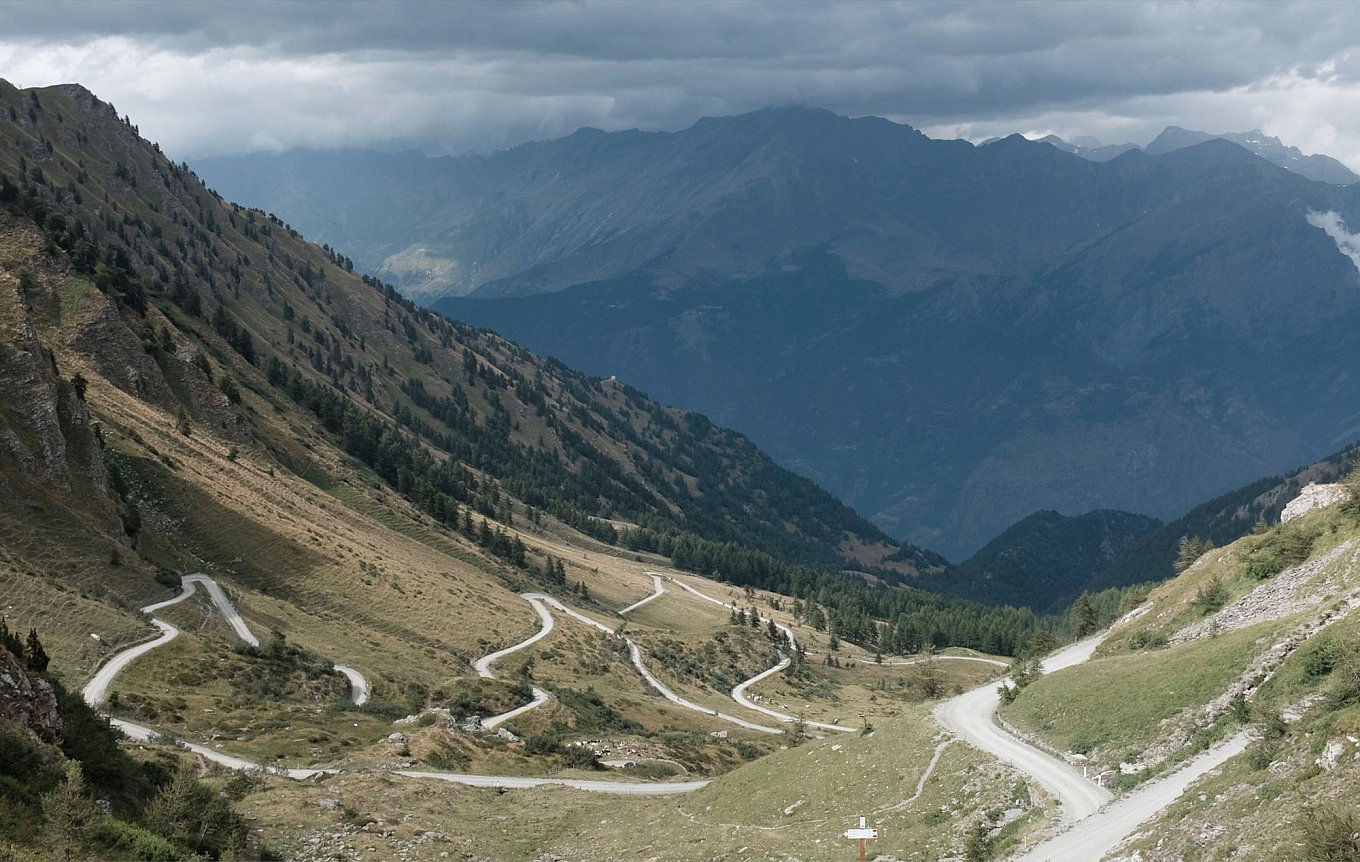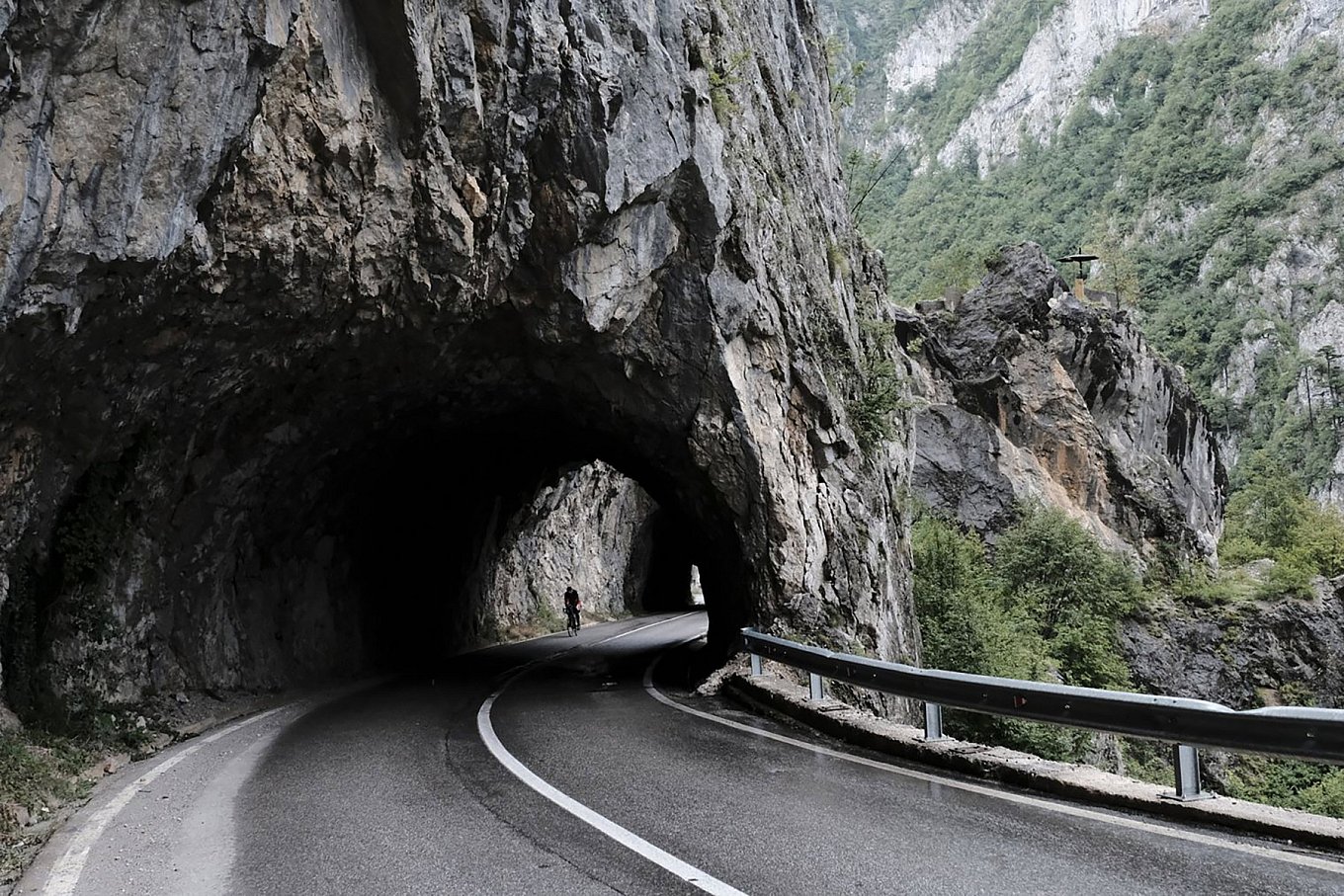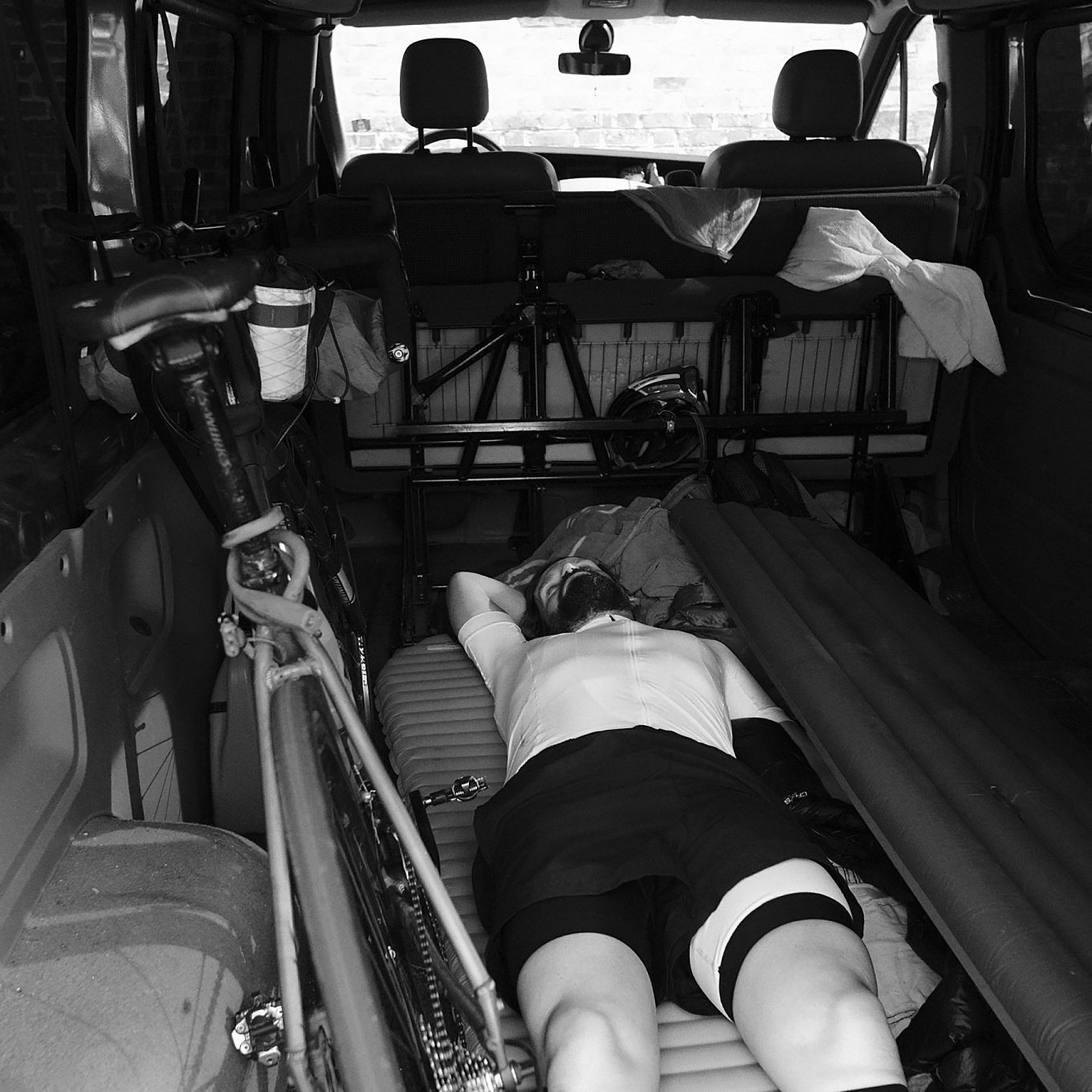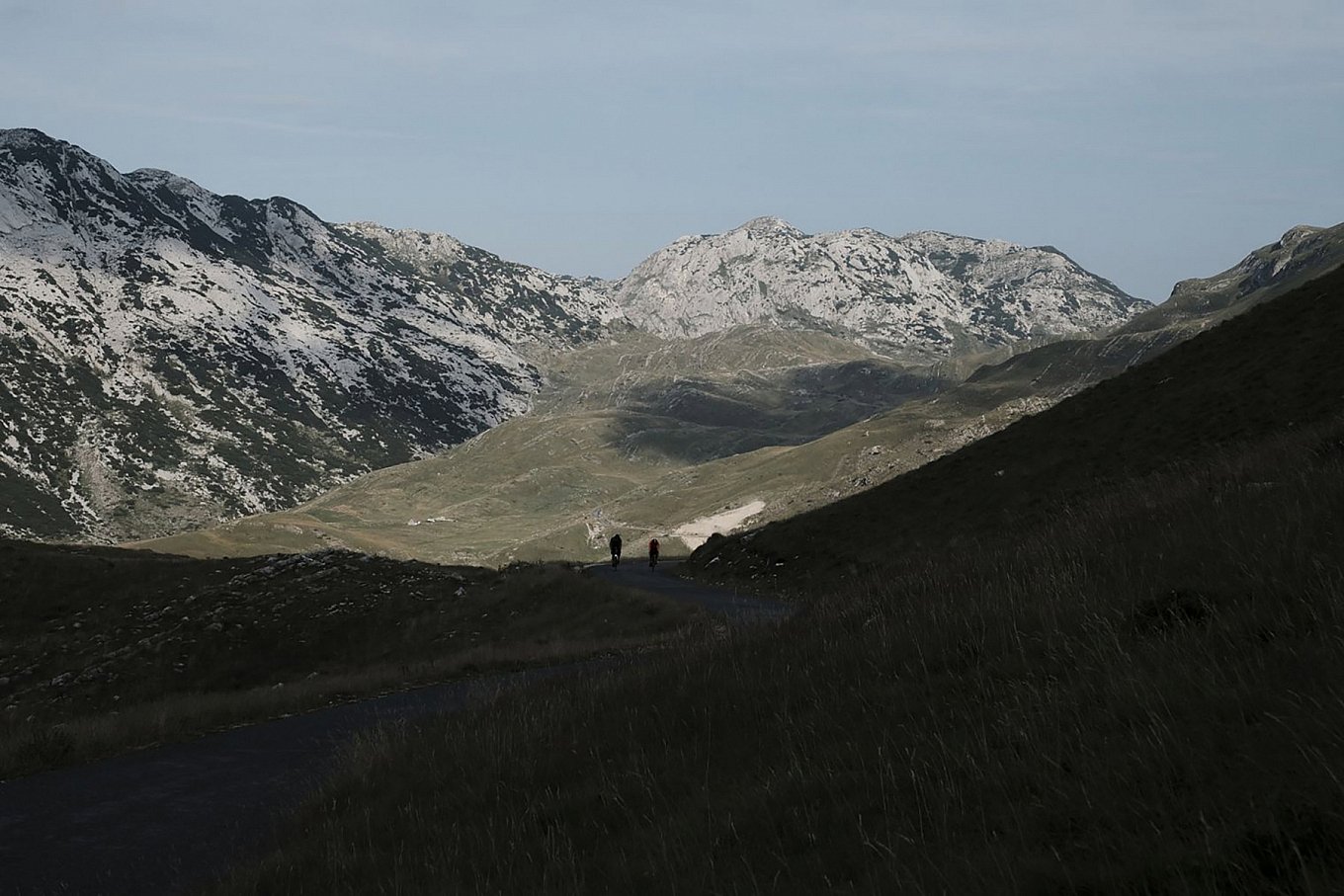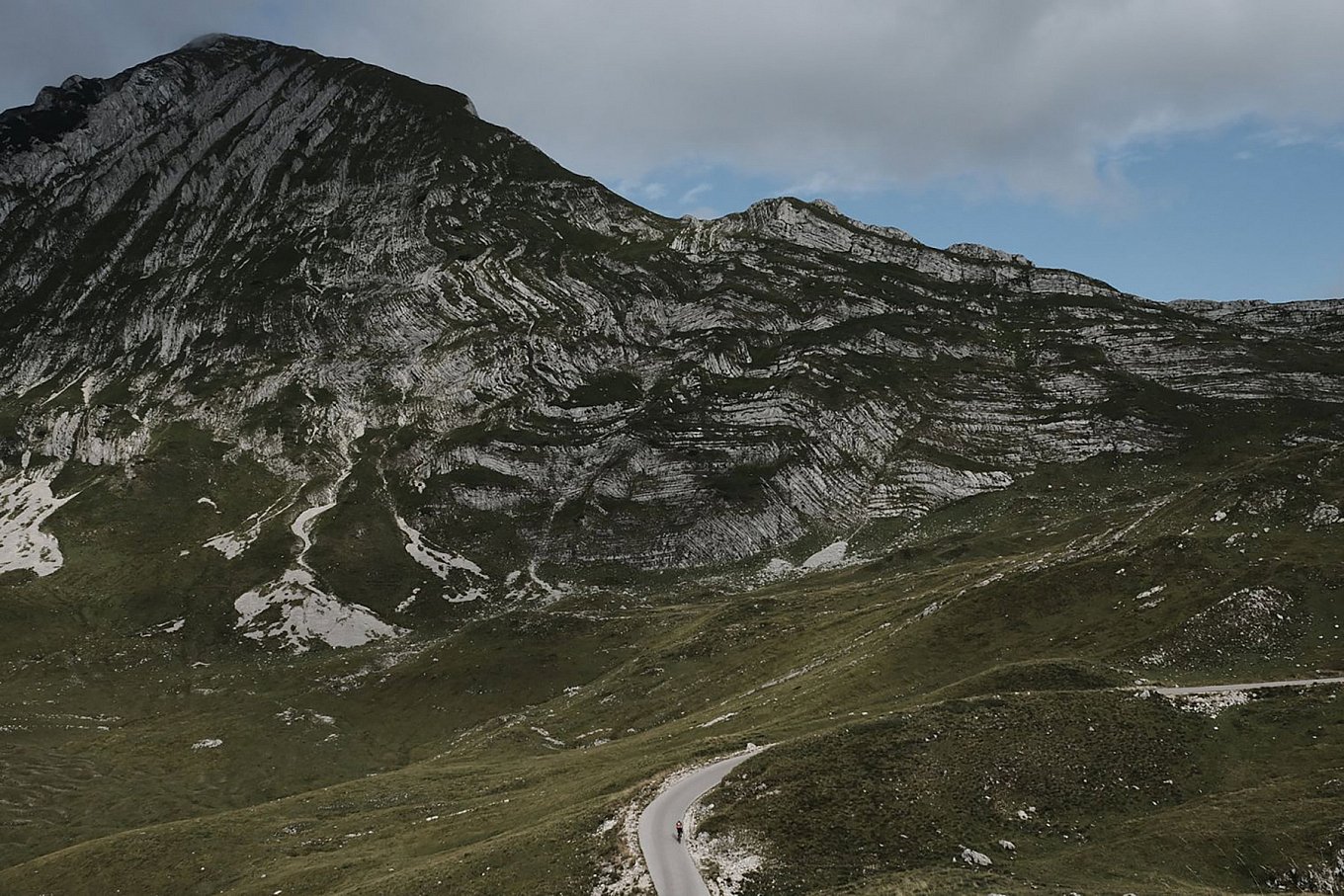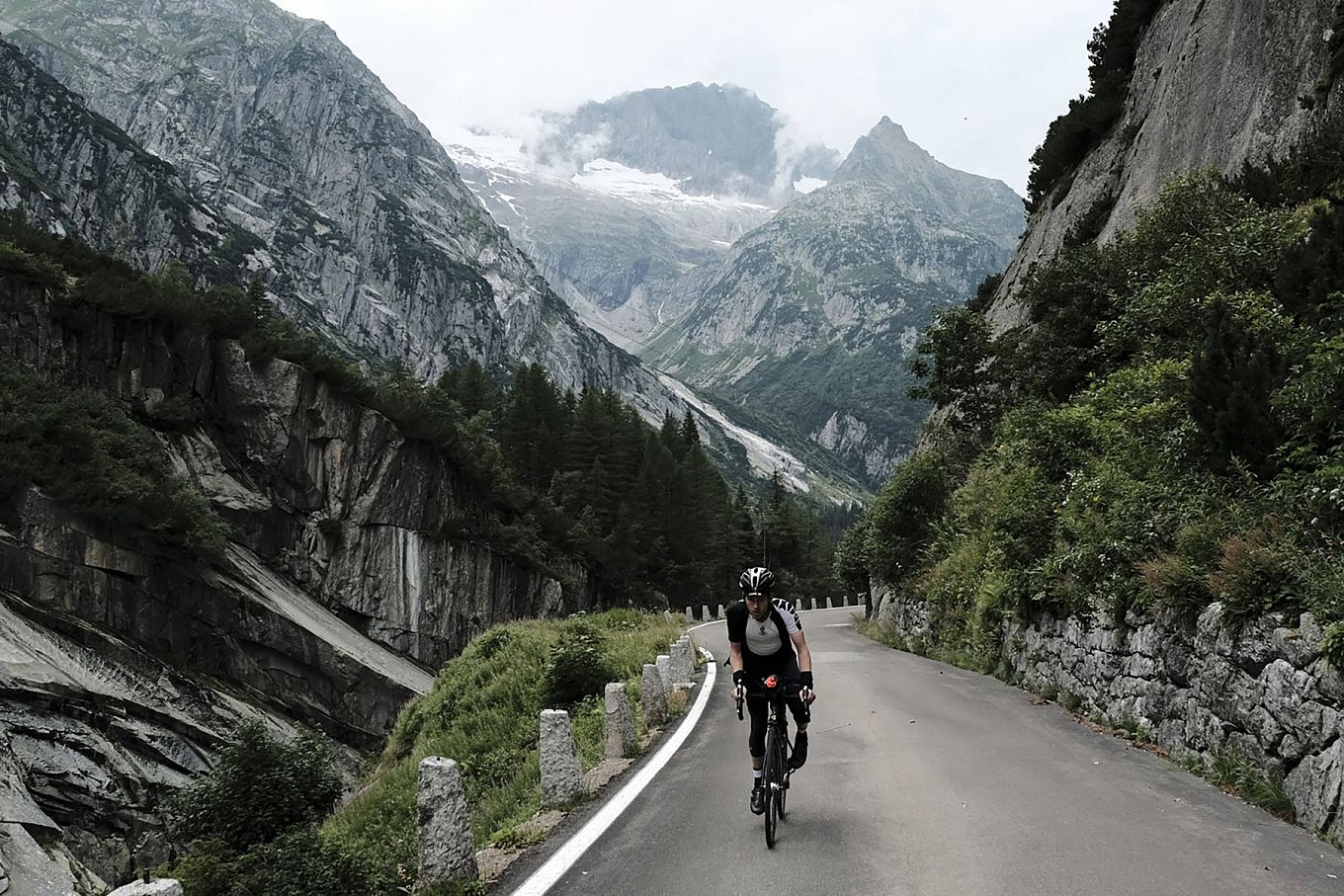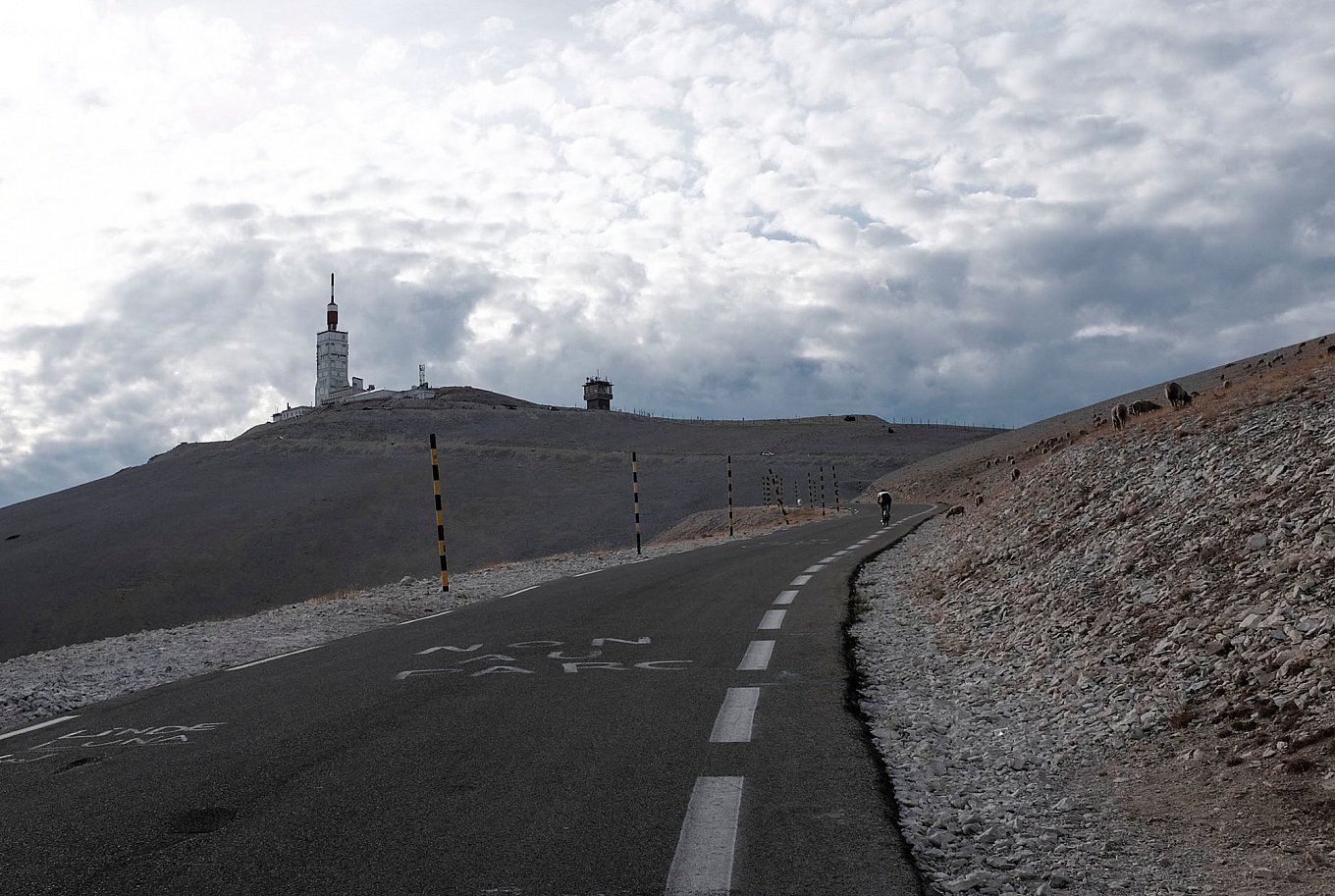Back in 1903, Tour de France launched as a strikingly different kind of race compared to what it is today. With four stages of over 400 km each, up to 19 hours of cycling per day and no external support for the riders, the tour was as much a physical trial as it was a mental one.
The Transcontinental maintains the same primal approach at its core, transforming an impressive athletic feat into a race that goes back to the basics of human nature and endurance, pushing the limits of what one can achieve both physically and mentally. Riding without assistance across Europe, the cyclists become explorers and adventurers, discovering themselves in the process. For 2016, Transcontinental No. 4 added a couple of new features to the classic 10 rules, making the entire process much more interesting to observe from the sidelines, or more specifically, from behind the screens. Live GPS tracking coupled with live updates sent by the riders ensured a new level of connection with people worldwide. The race had no fixed route, apart from four checking points in the Puy de Dome in France, Furka Pass in Switzerland, Passo di Giau in Italy, and Durmitor in Montenegro, and of course, the start and finish locations, in Geraardsbergen, Belgium and Çanakkale in Turkey respectively. But the most important rule of all was one that was also enforced at the 1903 Tour de France. The riders had to rely exclusively on their own supplies, which they took with them at the start and then purchased along the way, reminding of the nostalgia of the past and perhaps even of centuries-old adventures of exploring unknown lands using one’s wit and strength to reach the final goal. In 2016, secondary school teacher Kristof Allegaert won the grueling Transcontinental after riding 3,762km in 8 days, 15 hours and 2 minutes, spending from 16 to 23 hours a day on the saddle and going through 12 countries. It was a triumph of body and mind and a perfect illustration of endurance, strength and the undeniable pathfinder spirit which has shaped human history. Photography by Camille McMillan.



